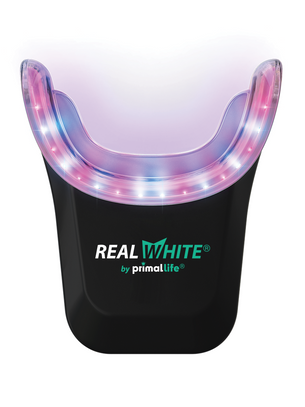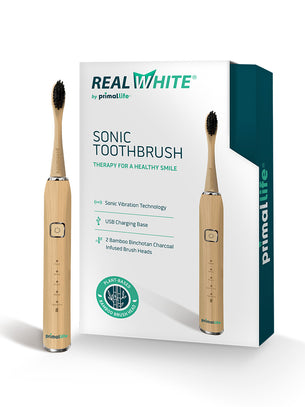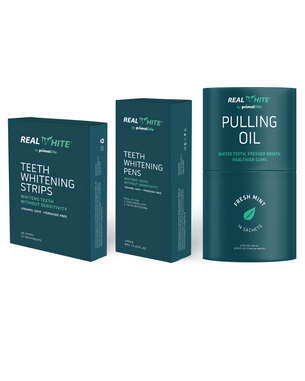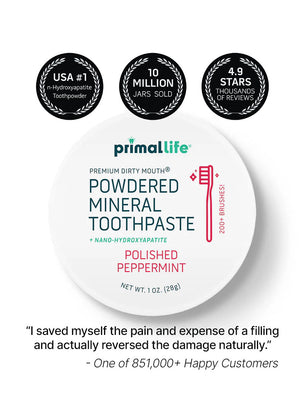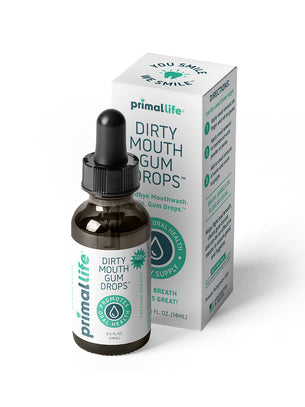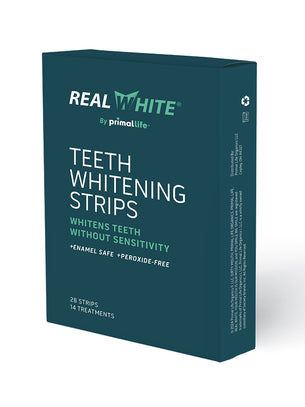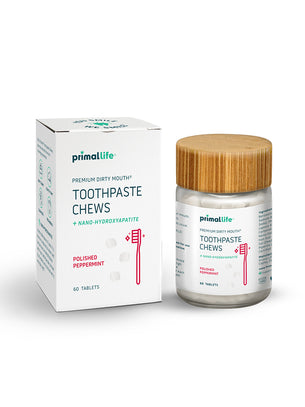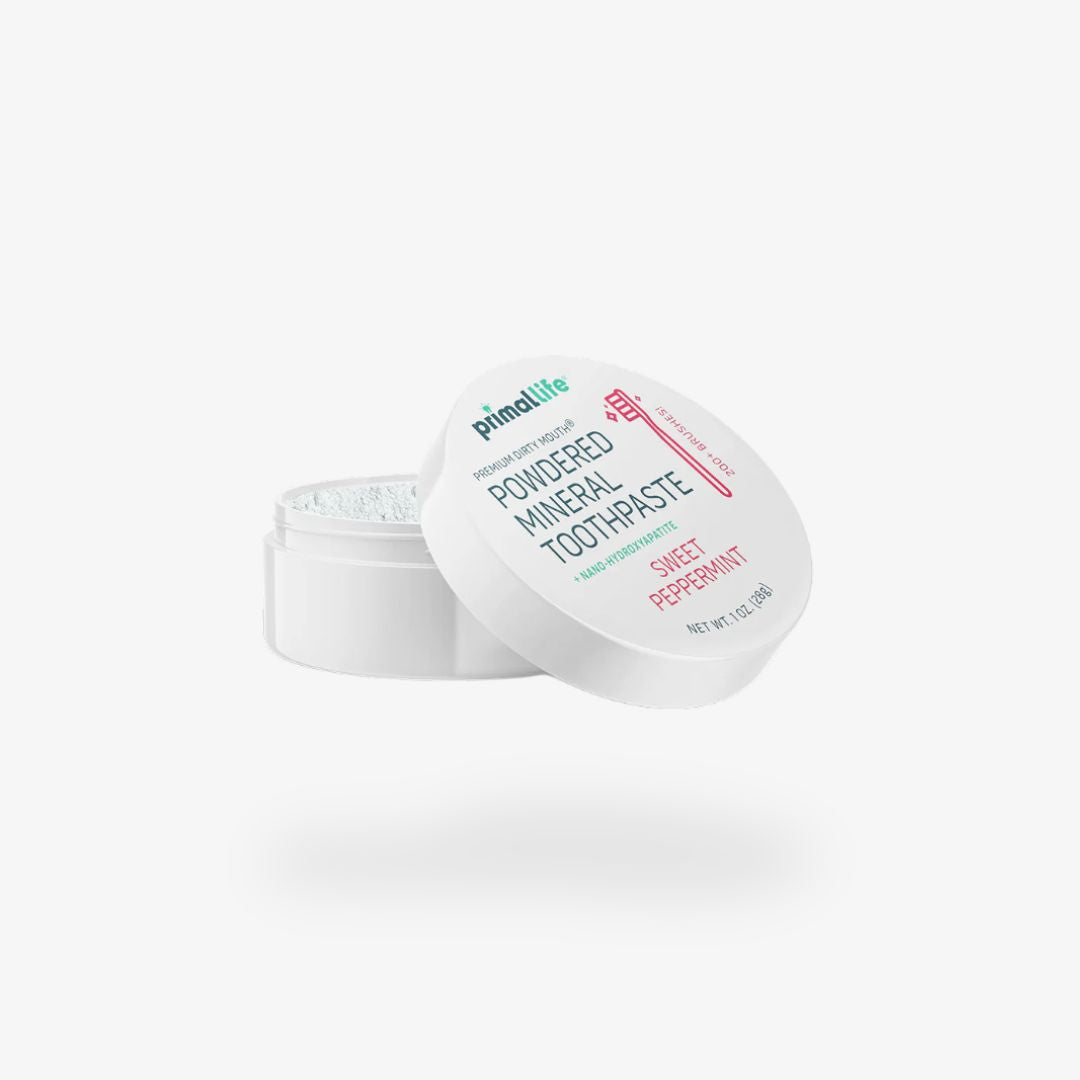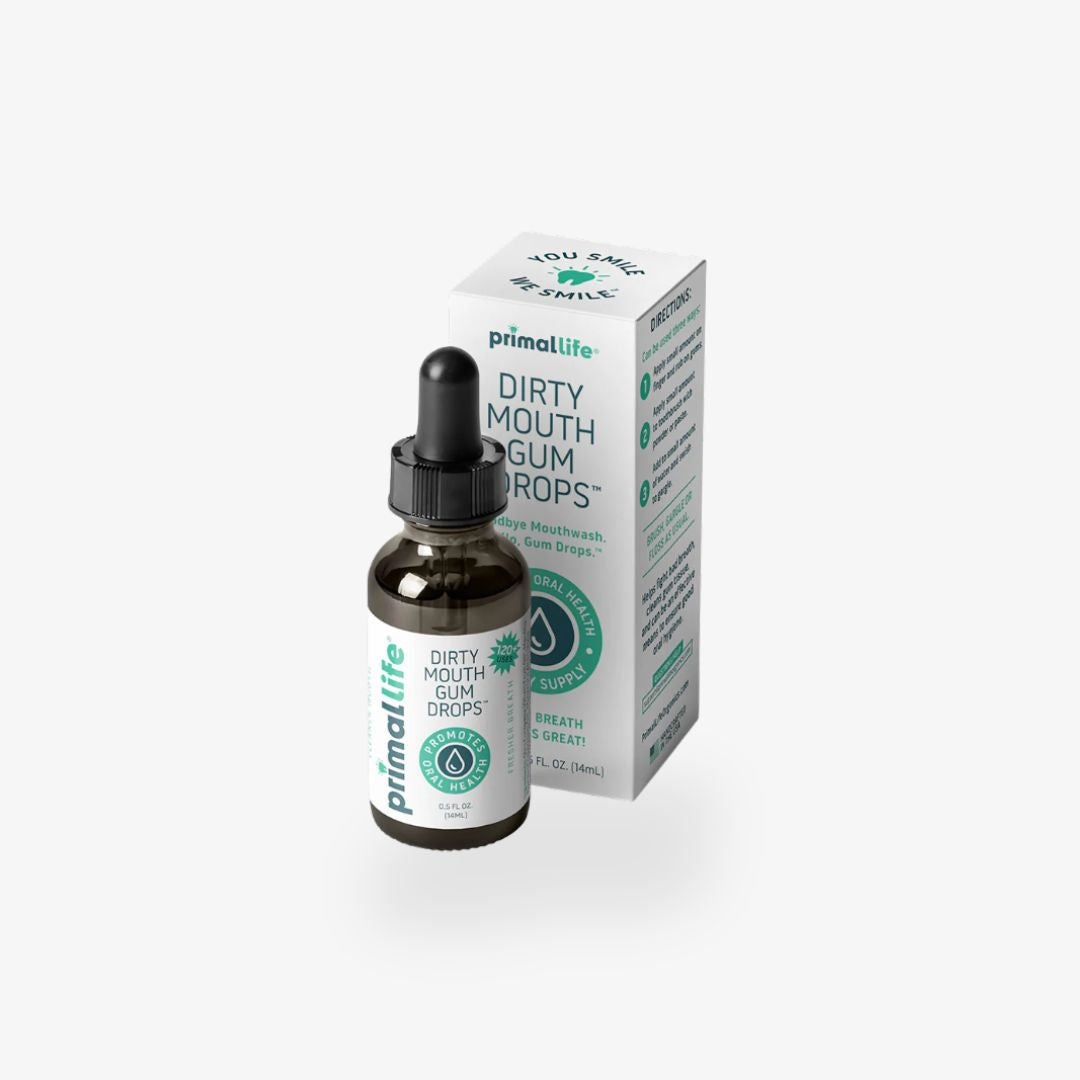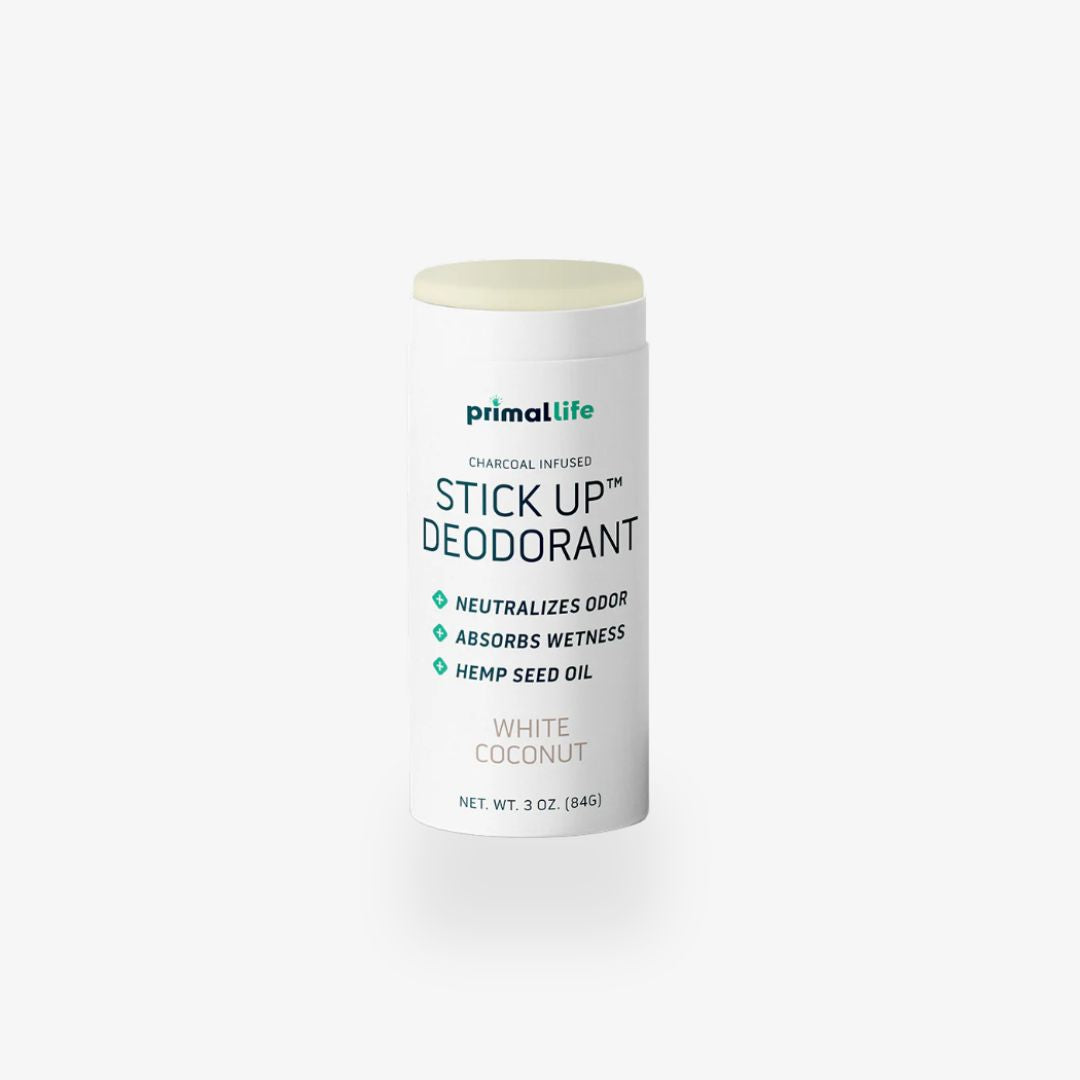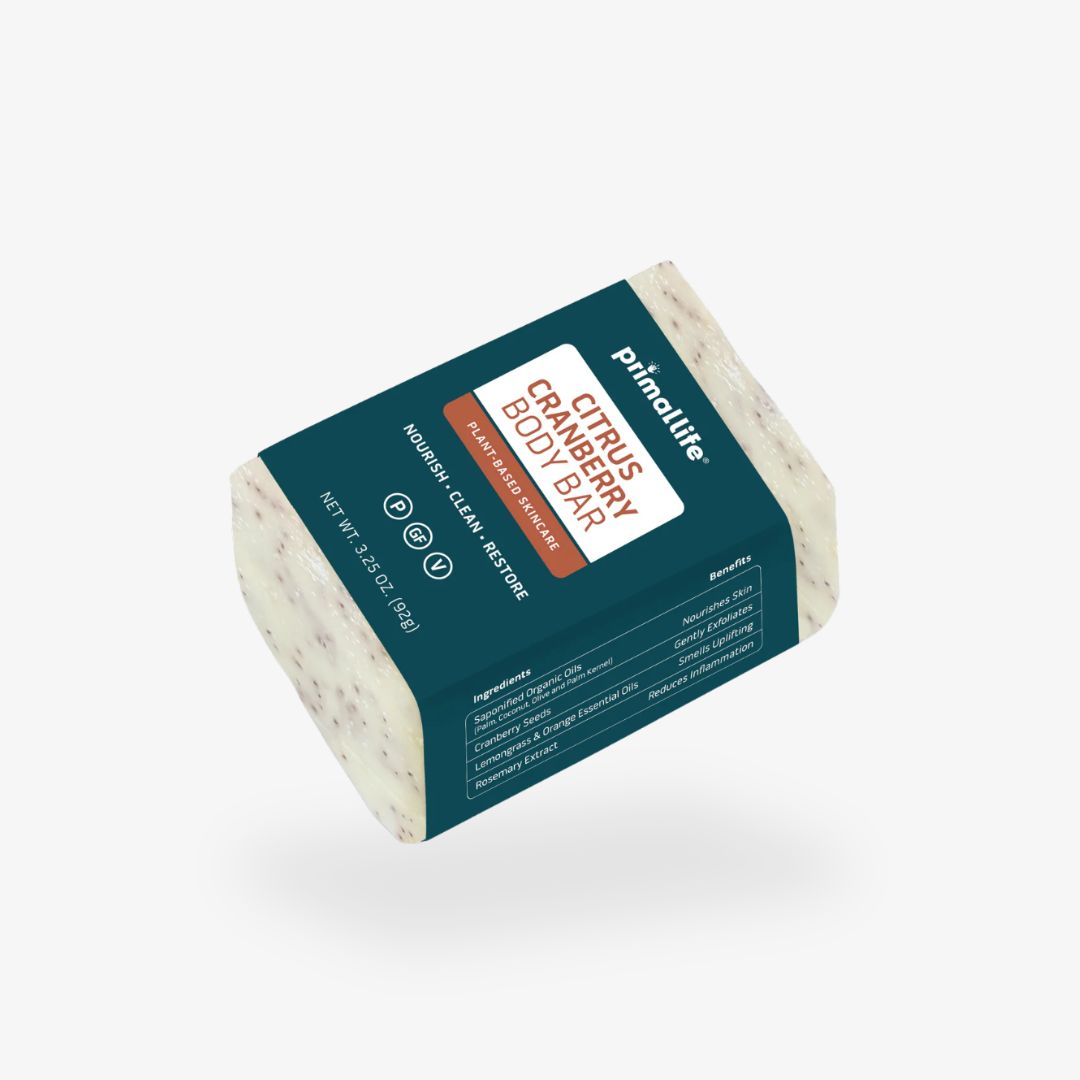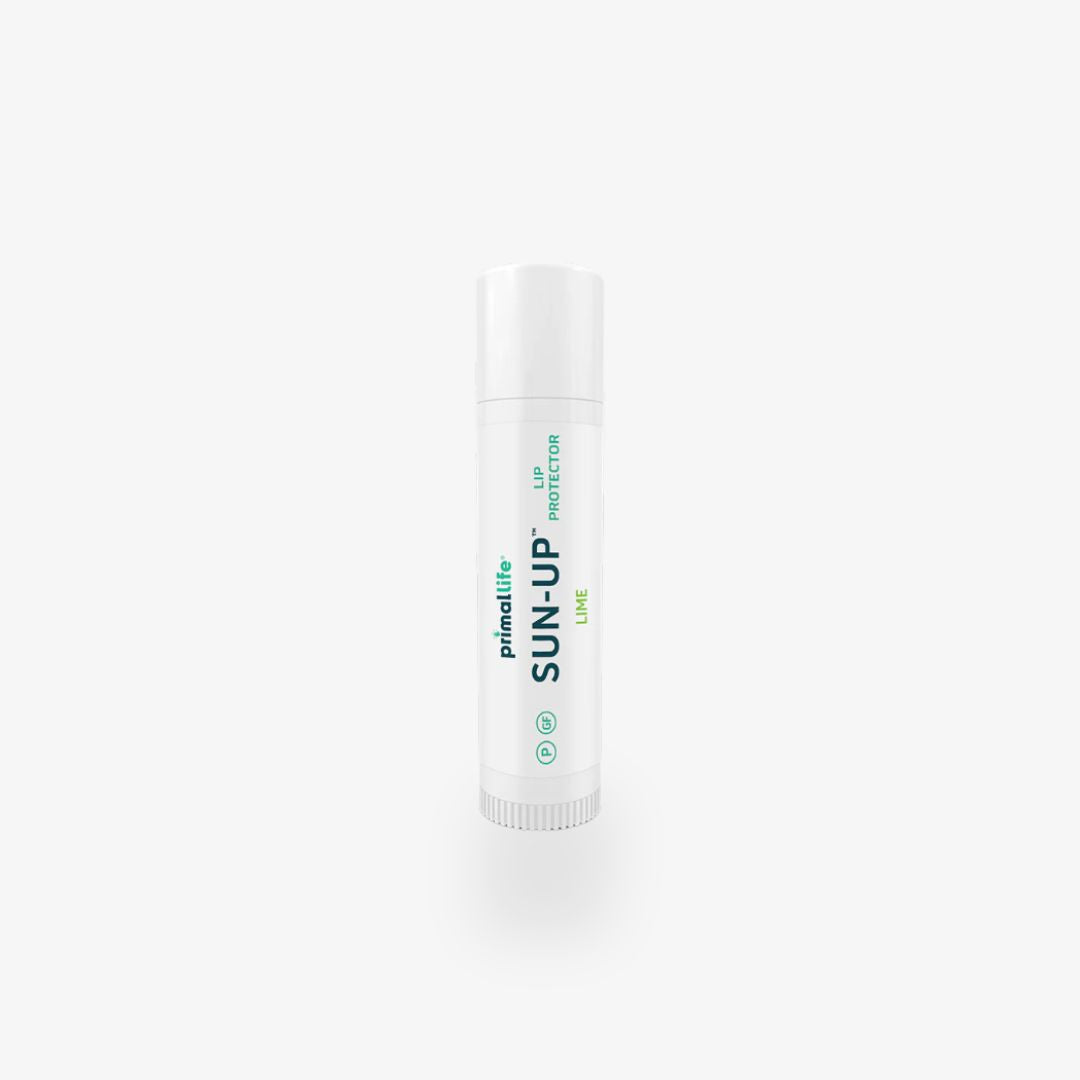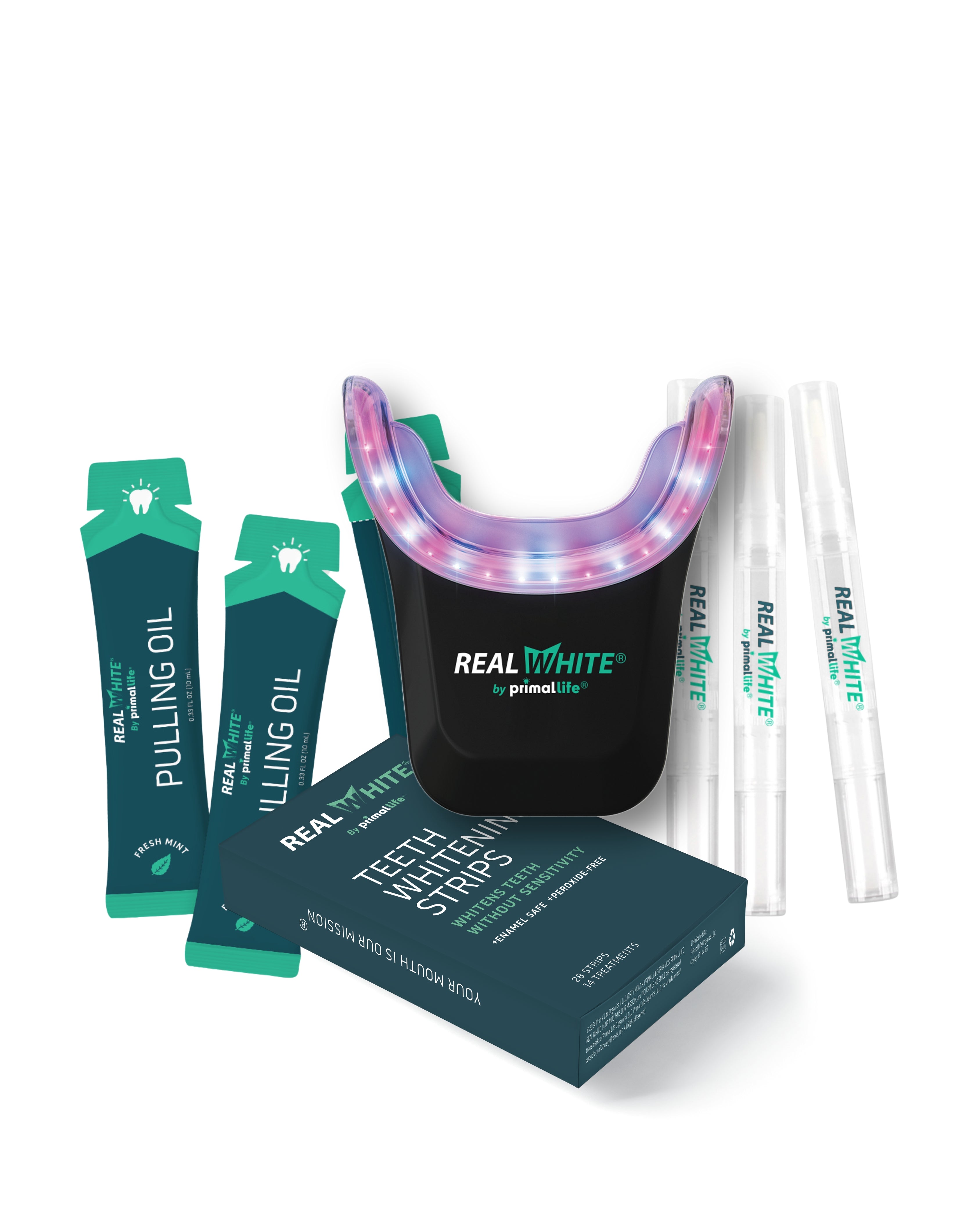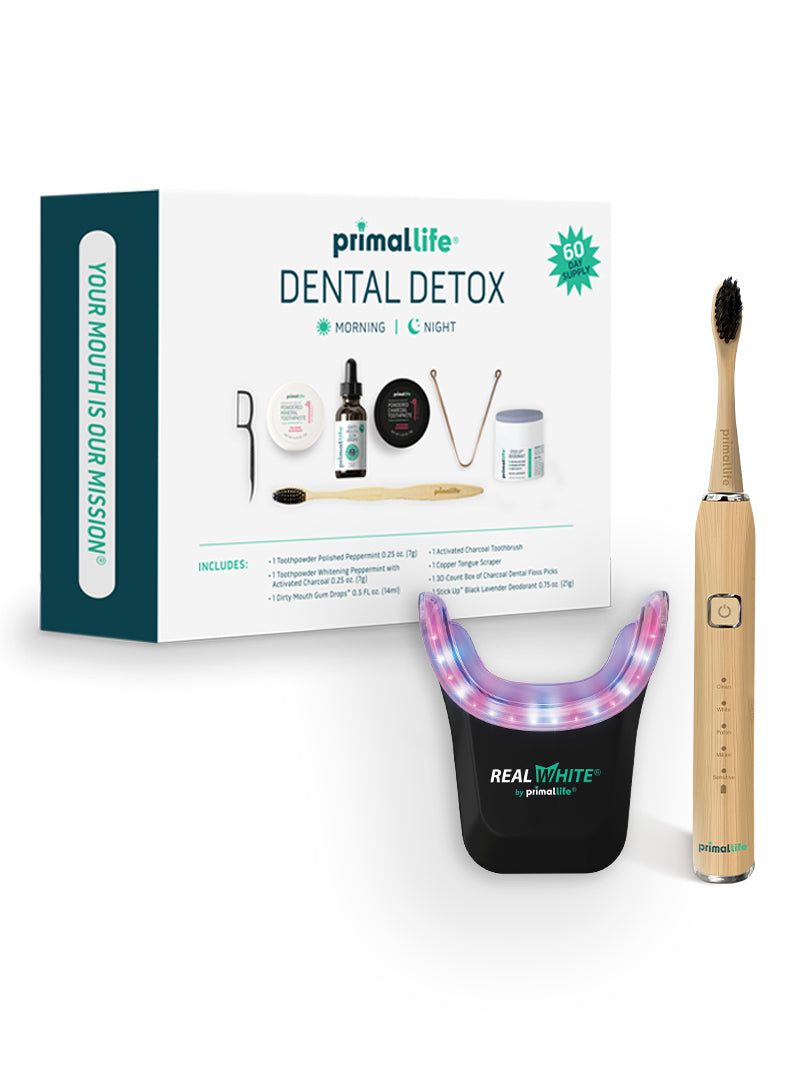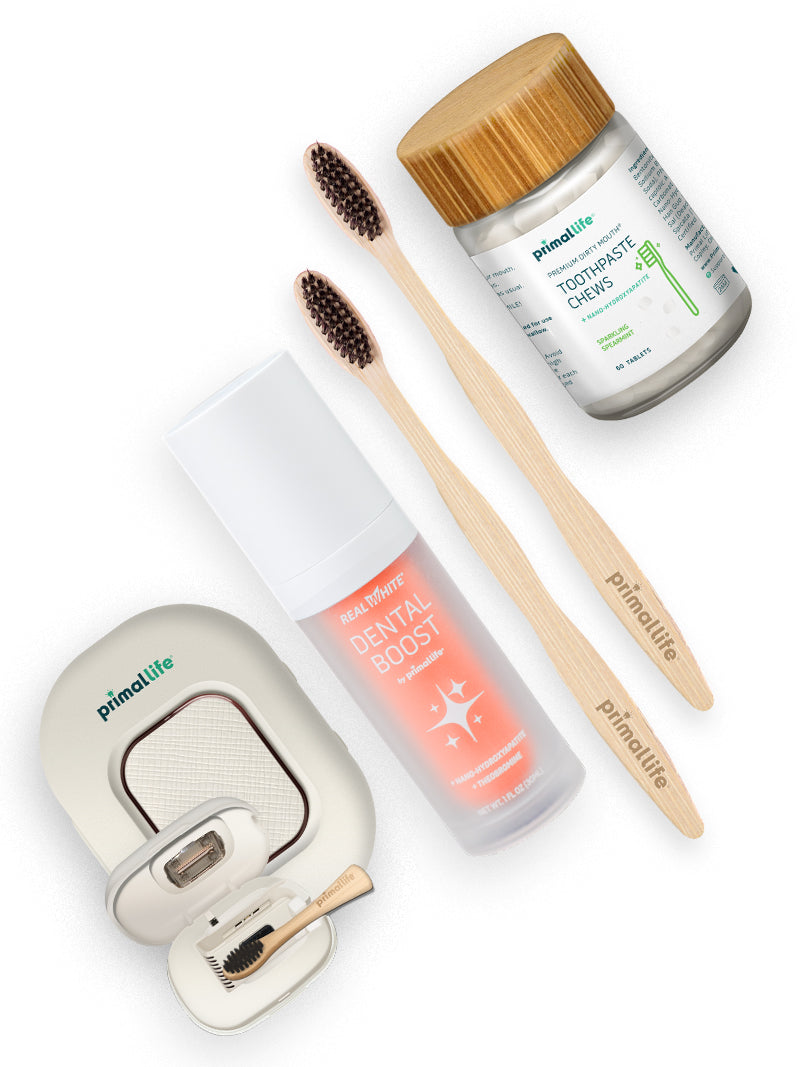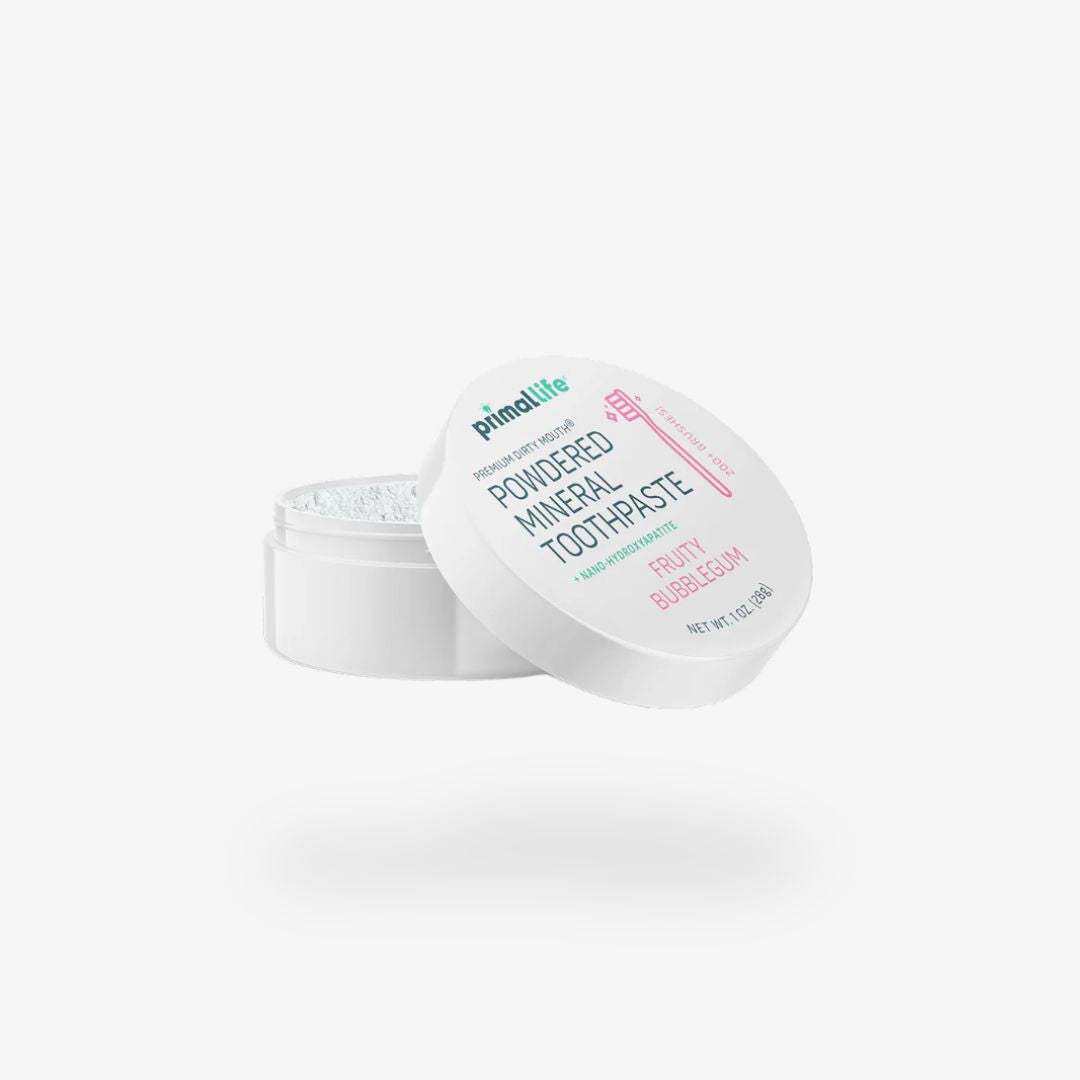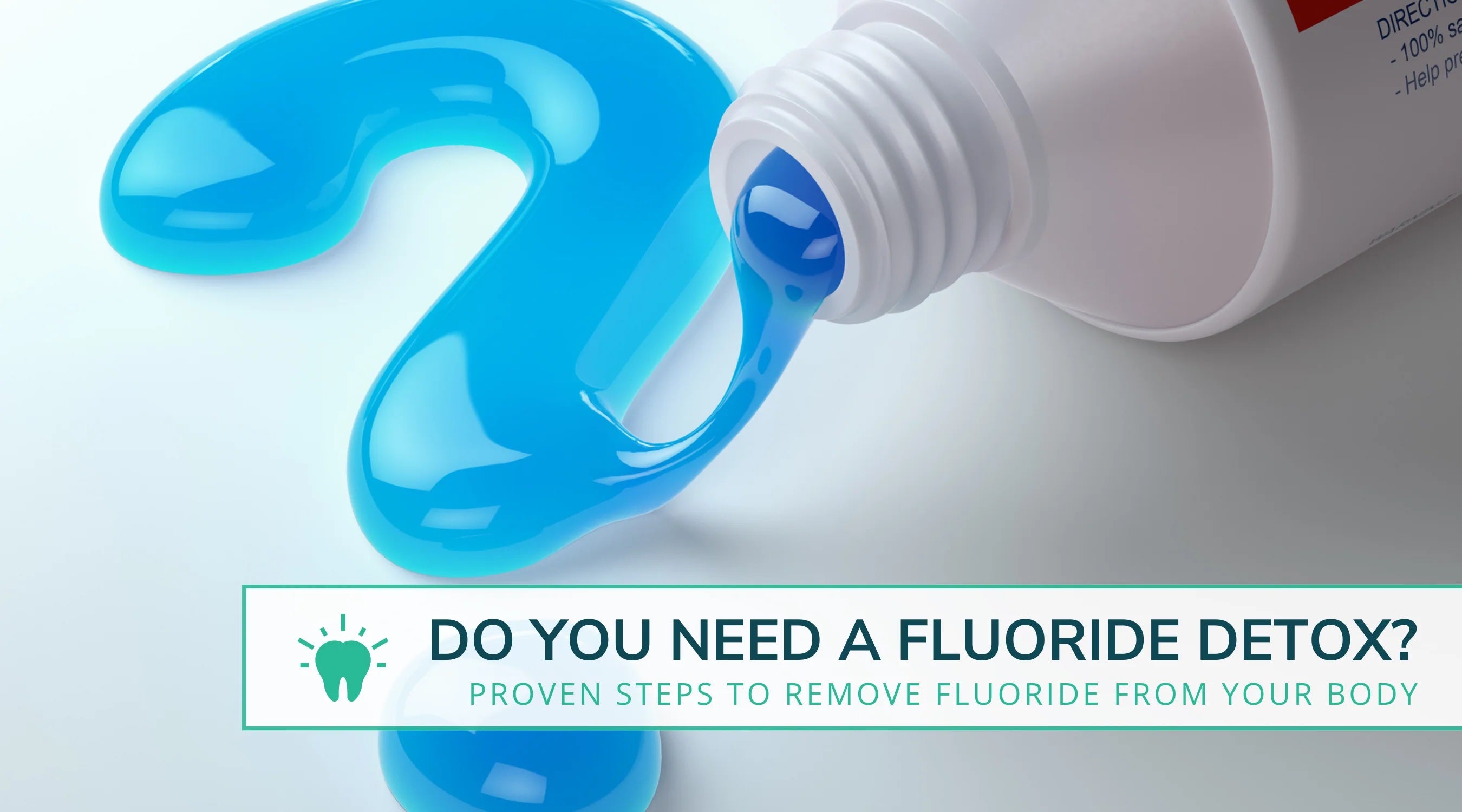Fluoride is a flooding mineral found in our meals, water, and other products. If you make use of commercial toothpaste or drink tap water, there’s a high possibility that you’re exposing your body to fluoride.
Fluoride has been hailed for its cavity-fighting powers by the Centers for Disease Control (CDC) and the America Dental Association. However, according to a growing body of medical research, too much fluoride in your system poses many risks. Furthermore, fluoride doesn’t actually fight off cavities. Instead, it puts an outer coating on your teeth without fixing the core issue – a lack of mineralization.
Studies show that fluoride’s negative effects include cognitive impairment, thyroid dysfunction, and many others we’ll explore in this article. So, yes, you need a fluoride detox. It doesn’t require any painful process or exhausting exercises.
This article will look at the dangers of too much fluoride, the benefits of fluoride detox, and the steps to carry out fluoride detoxification.
Fluoride, Deconstructed
You’re probably wondering, “If fluoride is so awful, how did it become so popular to include in consumer products?” You’re not exactly wrong. It’s okay to be skeptical about taking our word for it when most of these fluoride-infused products have been approved by the FDA for consumption.
That’s why we’ll take the time to explore why you need to prevent fluoride consumption from the beginning.
Fluoride is a mineral found in fluorine – one of the most abundant minerals in the world. It exists all around us – in the water, air, and even soil. However, it wasn’t properly utilized until the 20th Century.
In 1901, some dentists discovered that some of their patients’ teeth were marked by brown enamel stains. Still, they were less susceptible to cavities. Further research concluded that the local water supplied contained high fluoride levels, responsible for the enamel shade.
This condition of colored or mottled enamel was renamed ‘Fluorosis’, and from 1931 to 1942, the Dental Hygiene Unit of the National Institute of Health conducted studies to find the link between fluoride and cavity prevention.
Public health officials began to gather from the cities where there were cases of fluoridation in the water, seeking conclusive research on why residents had fewer cavity cases. At the same time, city counties across the country began to look at strategic ways to include fluoride into the municipal water supply.
It wasn’t exactly news that toothpaste manufacturing companies also joined to incorporate fluoride into their formula. Fifty years later, we’re dealing with a different kind of problem. Community water fluoridation has generated controversy over the years, and 99% of toothpaste brands create products with high fluoride content.
So, it’s not surprising that we’ve embraced the use of fluoride-infused products when 75% of our water supply has been deliberately fluoridated.
The Dangers of Fluoride Consumption

As much as fluoride is perceived as great for our dental health, it poses a truckload of risks that you should seriously consider. According to studies, fluoride is not an essential nutrient your body needs to function.
Other findings suggest that the mineral is cumulative – which means it piles up inside our bodies. As adults, our kidneys help to filter close to 50% fluoride, leaving the rest to remain. In children, close to 80% fluoride content remains in their bodies.
Another issue you must consider is that the CDC has specifically stated that fluoride benefits cavity prevention only through contact with teeth, not ingestion. It only shows that swallowing fluoride to prevent cavities doesn’t make sense.
You might argue that you do not swallow the toothpaste, but are you 100% certain that you don’t? What about other products that contain fluoride that you don’t know about? What about your kids who will not seek permission before swallowing fluoride-infused toothpaste?
What are some of the dangers attached to using toothpaste made with fluoride?
- Tooth discoloration. Too much fluoride consumption leads to enamel and entire teeth discoloration. If you notice that your teeth are yellowed or browned, know that the fluoride intake is dangerously high.
- Tooth decay. Studies suggest increased fluoridated water intake can weaken the enamel, causing deterioration. This particular risk happens with children in their formative years.
- Skeletal fluorosis. According to medical studies, too much exposure to fluoride causes skeletal fluorosis – a bone disease. This is marked by hardening and stiffness of the joints. If unchecked, this could further damage the bones and joints.
- Thyroid problems. Another risk to excess fluoride content in your system is damage to the parathyroid gland. This gland produces the hormones that control your body’s metabolism. These hormones are in charge of bone maintenance, blood sugar, brain development, muscle and digestive function, and heart regulation. Excess fluoride will result in hyperparathyroidism, an uncontrolled secretion of these hormones.
- Neurological issues. In a 2017 research published by the Environmental Health Perspectives, too much exposure to fluoride during pregnancy will lead to cognitive functions of the child in the future. This research was concluded after the fluoride level of 299 pregnant women was measured. After childbirth, it was discovered that their children between the ages of 4 to 6 have lower scores on IQ tests.
- Acne. Exposure to too much fluoride leads to fluoroderma, causing painful sores and acne to appear.
- Poisoning. Fluoride contamination of water can cause various problems, including seizures, muscle spasms, excessive saliva, abdominal pain, nausea, and vomiting.
These risks are not meant to scare you, but educate you on what might happen if too much fluoride lodges in your body and your child’s. It is recommended to carry out a fluoride detox to prevent these occurrences.
Benefits of a Fluoride Detox

There are several benefits of detoxifying your body from excess fluoride. Some of them include:
Safety for Babies and Newborns
Fluoride detoxification goes a long way to safeguard your unborn child's health and promote your toddler's safety. Excess fluoride in your body can be transmitted to the baby unrestricted via the placenta.
A fluoride detox doesn’t just help you but helps your kids as well, promoting cognitive functions and boosting their brain power.
Protection from Alzheimer’s Disease
Are you aware that fluoride detoxification can prevent Alzheimer’s disease in adults? Most people don’t realize that excess fluoride allows aluminum to penetrate the brain.
Studies show that aluminum leads to Alzheimer’s and other forms of dementia.
Fluoride detox prevents the formation of aluminum, saving you a great deal.
Enhanced Energy and Mood
Another benefit of fluoride detox is that it helps enhance your pineal gland's activity. It is a small, pea-shaped gland in the brain regulating hormones like melatonin.
This hormone promotes a healthy sleep cycle and prevents your brain from being damaged. When fluoride attacks your pineal gland, you will experience poor sleep, depression, brain aging, stress, anxiety, and other mental conditions.
Thus, fluoride detox will prevent this from ever occurring.
How to Carry Out a Fluoride Detox

Looking at all the benefits of fluoride detox, you can see that it’s essential. The best part? It’s super easy and quick to carry out.
Let’s get started:
Stop Drinking Fluoridated Water
Most of us rely on the EPA and municipal water companies to keep our drinking water sparkling clean and safe. However, real safety comes from you and you alone.
One of the best ways to start is to stop drinking fluoridated water. Since you cannot ascertain the fluoride content of your drinking water, you need to use a filter for your water supply. There are several fluoride filters available on the market today.
You need to ensure that the product you’re buying says what it can filter fluoride from your drinking water. You should look for a product with gravity-fed, micro-porous filtration to fluoride, volatile organic compounds, heavy metals, and other toxins.
Switch to a Clay-Based Toothpaste
From what we’ve learned, experts say fluoride prevents dental cavities. That’s why it’s added to toothpaste. However, 92% of all adults between 20 and 64 have cavities. It begs the question: if fluoride was so effective, why are cavities so apparent in people who use commercial toothpaste?
The harsh truth is that commercial toothpaste containing fluoride is not good for oral health. It’s that simple. You need to toss your typical toothpaste aside and opt for a healthier product.
Our Dirty Mouth Toothpowder is specially formulated with bentonite clay – a natural, clay-based tooth cleaner that actively promotes better oral health. Other ingredients include essential oils that enhances fresh breath and stronger, whiter teeth.
Brushing twice daily with this toothpowder comes with several benefits:
- Cleans and polishes the teeth
- Prevents tartar
- Balances the pH of saliva to strengthen its cleaning power
- Reduce gum inflammation and lowers the risk of dental infection
- Remineralizes and strengthens teeth
- Removes plaques
- Cleanses gum tissues from toxins and impurities
These benefits are what you get compared to the harmful effects of fluoride.
Use Spices and Supplements
Removing fluoride from getting into your body is essential. But what happens to the fluoride content already inside your body?
You can detoxify your body from fluoride content by infusing spices and supplements into your meals. Some of them include:
- Tamarind. Expert research has concluded that tamarind hastens the excretion of fluorine through urine. Thus, you’re helping your body remove excess fluoride by drinking tamarind tea or eating tamarind fruit.
- Curcumin. This is one of the major ingredients of turmeric and has been proven to contain antioxidant properties. Medical studies on mice reveal that curcumin is loaded with neuroprotective effects that dampen the ability of fluoride to create degenerative cells in the brain.
Try to Avoid Medication Containing Fluoride
Fluoride isn’t only found in tap water or toothpaste but is included in several medications. They include antidepressants, antifungals, antihistamines, antimalarial, antacids, antibiotics, steroids, anesthetics, and other medications.
We are not advising you to refuse to take medications containing fluoride. You should check your drugs to see if it’s there and talk to your personal physicians for directives.
Start Your Fluoride Detox Today
Fluoride poses a lot of health risks, and you must carry out a detox as soon as possible. You’re in charge of your personal health and safety. Don’t leave it to chance.
It all starts with what you let into your mouth and body. Take advantage of our Dirty Mouth Toothpowder and Dirty Mouth Toothpaste for a healthy smile and clean teeth.
During detox, you can also use our Dirty Mouth Gum Serum to strengthen and restore your gum tissues. Take vital steps to protect yourself from fluoridation. Your family deserves purity, not poison. To get all of the dental detox essentials, use the Dental Detox Kit along with following the dental protocol. This will not only help give you a fluoride detox, but also a dentist-like cleaning right at home!
Free Download: The Flouride-Free Dental Diet
You Might Enjoy These Whole-Body Health Articles:
Resource Links:
https://www.ada.org/en/public-programs/advocating-for-the-public/fluoride-and-fluoridation/ada-fluoridation-policy
https://www.sciencedirect.com/science/article/abs/pii/S0024320518300456
https://www.cdc.gov/MMWR/preview/mmwrhtml/mm4841a1.htm
https://nca.tandfonline.com/doi/abs/10.1080/00335630.2015.1135506#.Xd3IaehKjIV
https://www.cdc.gov/fluoridation/statistics/index.htm
https://www.ncbi.nlm.nih.gov/pmc/articles/PMC3690253/
https://jdh.adha.org/content/88/5/316
https://dc.engconfintl.org/cgi/viewcontent.cgi?article=1027&context=phosphates_viii
https://www.ncbi.nlm.nih.gov/pubmed/21211168?dopt=Abstract
https://www.cdc.gov/fluoridation/engineering/wfadditives.htm
https://toxnet.nlm.nih.gov/cgi-bin/sis/search/a?dbs+hsdb:@term+@DOCNO+2018
https://www.orlandosentinel.com/news/os-xpm-1994-09-07-9409070197-story.html
https://www.nidcr.nih.gov/research/data-statistics/dental-caries/adults
https://www.ncbi.nlm.nih.gov/pmc/articles/PMC3969660/
https://www.ncbi.nlm.nih.gov/pubmed/22438201
https://www.nap.edu/read/11571/chapter/9#222
https://ehp.niehs.nih.gov/doi/10.1289/ehp.1104912
https://www.ncbi.nlm.nih.gov/pmc/articles/PMC3774444/
https://www.ncbi.nlm.nih.gov/pmc/articles/PMC3056430/
https://www.ncbi.nlm.nih.gov/pmc/articles/PMC5805681/
https://www.aafp.org/afp/1998/0215/p776.html#sec-4
https://www.karger.com/Article/Abstract/47443
Read more
A smile is the best outfit you can ever put on. However, wearing a bold smile might seem like a problem when your dental health is threatened. Of course, it is recommended to keep your teeth spark...

The headline piqued your interest, didn’t it? You’re reading this article to feed your curiosity while wondering if this is clickbait. It isn’t. You’ll soon see why. Right from childhood, you were...
